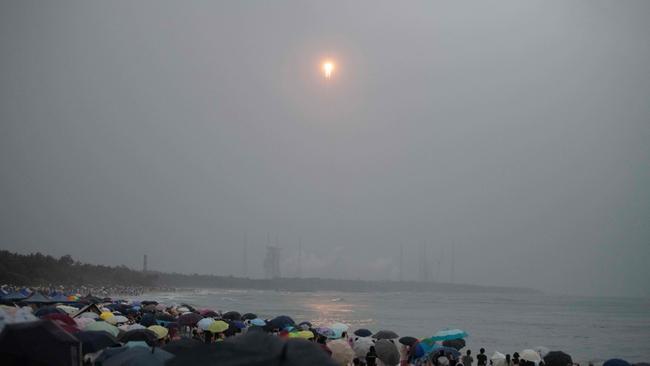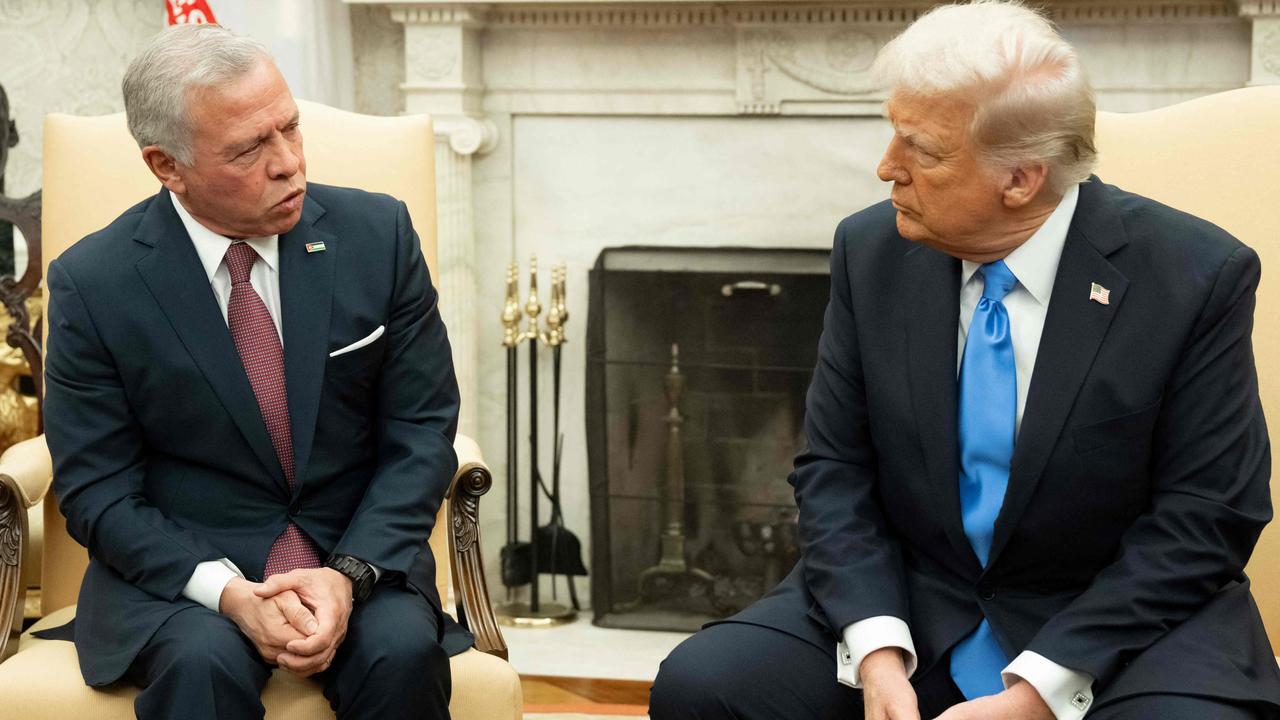China probe lands on far side of moon
China’s Chang’e-6 has reached the far side of the moon to collect samples for the first time from the rarely explored area.

China’s Chang’e-6 lunar probe has successfully landed on the far side of the moon to collect samples, the latest leap for Beijing’s decades-old space program.
The Chang’e-6 set down in the immense South Pole-Aitken Basin, one of the largest known impact craters in the solar system, news agency Xinhua said, citing the China National Space Administration.
It marks the first time that samples will be collected from the rarely explored area of the moon.
The Chang’e-6 is on a technically complex 53-day mission that began on May 3. The probe will now try to scoop up lunar soil and rocks, and carry out other experiments in the landing zone.
That process should be complete within two days, Xinhua said. The probe will use two methods of collection: a drill to collect samples under the surface and a robotic arm to grab specimens from the surface.
Then it must attempt an unprecedented launch from the side of the moon that always faces away from Earth.
Scientists say the moon’s dark side – so-called because it is invisible from Earth, not because it never catches the sun’s rays – holds great promise for research because its craters are less covered by ancient lava flows than the near side. Material collected from the dark side may better shed light on how the moon formed in the first place.
Beijing has poured huge resources into its space program over the past decade, targeting a string of ambitious undertakings in an effort to close the gap with the two traditional space powers, the US and Russia.
It has notched several notable achievements, including building a space station called Tiangong, or “heavenly palace”.
Beijing has landed robotic rovers on Mars and the moon, and China is only the third country to independently put humans in orbit.
China aims to send a crewed mission to the moon by 2030 and plans to build a base on the lunar surface. The US also plans to put astronauts back on the moon by 2026 with its Artemis 3 mission.
Meanwhile, Boeing’s second attempt at launching a crew aboard its troubled Starliner spaceship was dramatically aborted on Saturday with just minutes left on the countdown clock.
With the astronauts strapped in and ready for lift-off, the test mission to the International Space Station was halted due to reasons that aren’t clear.
United Launch Alliance, responsible for the Atlas V rocket that Starliner sits atop, is investigating why an “automatic hold” was triggered by its computer with just under four minutes to go.
Starliner was poised to become just the sixth type of US-built spaceship to fly NASA astronauts, following the Mercury, Gemini and Apollo programs in the 1960s and 1970s, the Space Shuttle from 1981 to 2011, and SpaceX’s Crew Dragon from 2020.
NASA is looking to certify Boeing as a second commercial operator to ferry crews to the ISS, something Elon Musk’s SpaceX has already been doing for NASA for four years.
AFP


